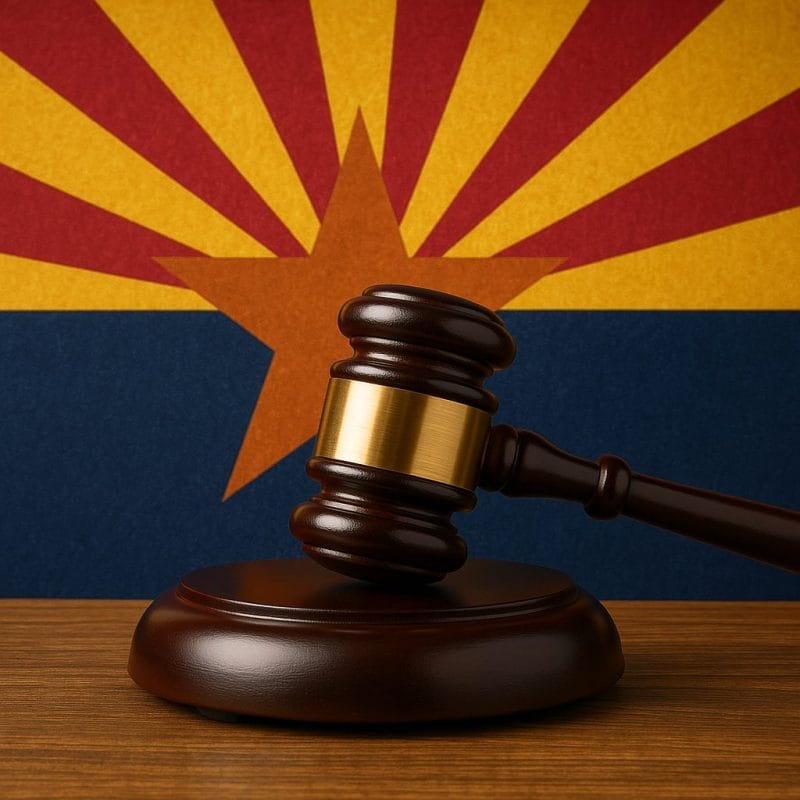By Yael Grauer | Arizona Mirror
Every shift in Chandler, police officers in cars equipped with special cameras can be seen driving up and down every street in a neighborhood, gathering data on every vehicle in the area.
The cameras, known as automated license plate readers, or ALPRs, scan license plates of nearby cars, capturing images not only of the license plate number, but also recording where the vehicle is located and the time of day, among other things.
As part of the training for the ALPR systems, Chandler officers are taught to “grid” neighborhoods during their downtime – systematically driving up and down every street in an area, indiscriminately scooping up information on vehicles – not because of any suspected criminal activity, but because the information might be useful in future criminal investigations.
Related: How do automated license plate readers work?
“Historically, police officers could go out and look for license plate numbers, walk or drive up and down the streets in the whole neighborhood to do that, but until you had this technologies, there were physical limitations to that,” said Jared Keenan, Criminal Justice Staff Attorney at ACLU of Arizona. “You had to have officers go out and do it, and it naturally limited how much information they could gather.”
Automated readers, on the other hand, can gather thousands of records a second, which Keenan says is scary.
Chandler Police Department’s Commander Ed Upshaw said that ALPRs do not capture individuals, and that collecting data on what cars are where at specific times can create investigative leads.








